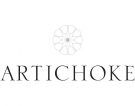Artichoke's Bruce Hodgson on getting restoration right: 'There is no need for a period house to feel like a museum'
Bruce Hodgson of Artichoke explains why carefully conceived, beautifully executed joinery is vital to the evolution of a period house in the 21st century.
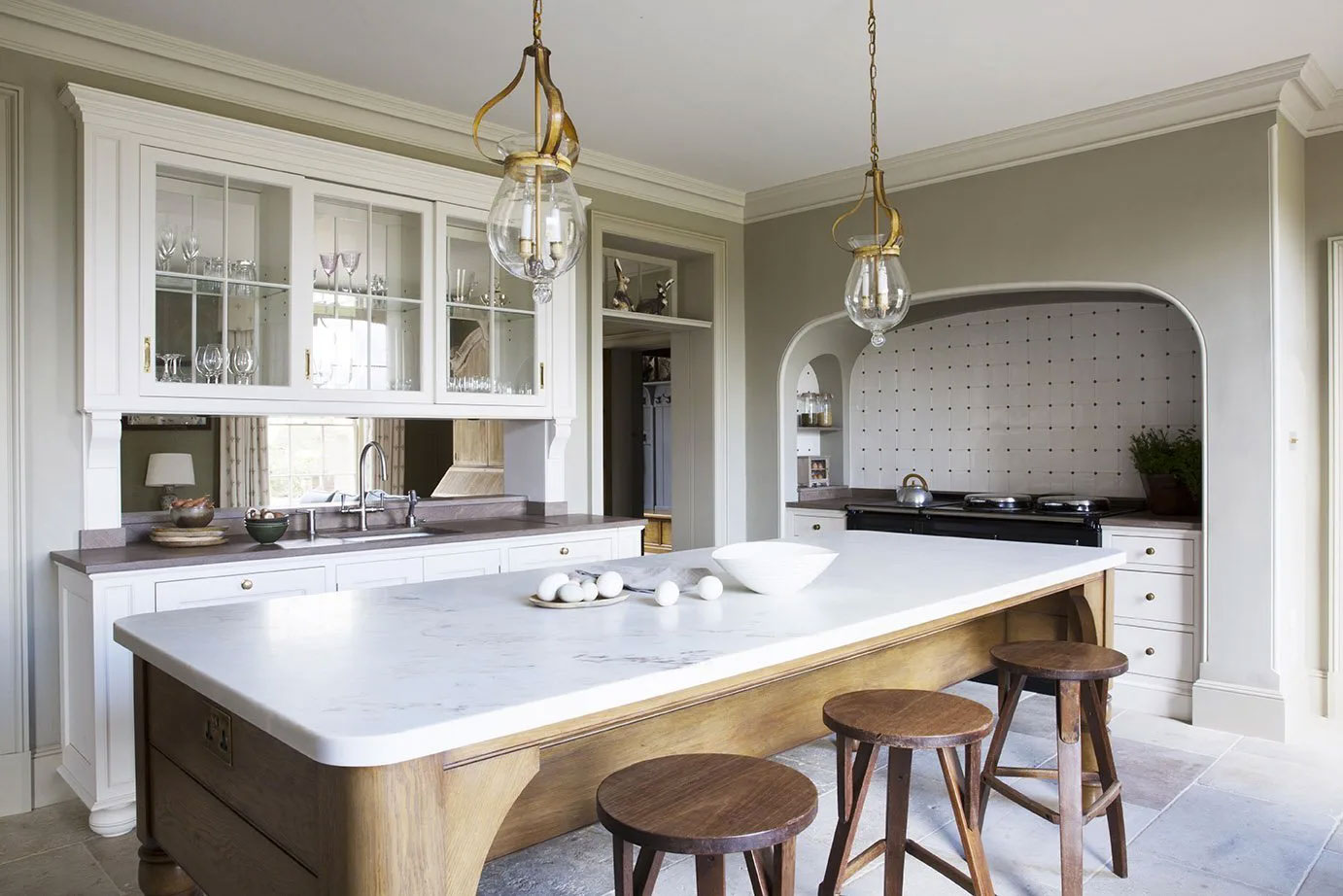
What do you see as key to a sympathetic, successful restoration of a period house?
Restoration requires the same approach that was first used to create a beautiful period house: an unyielding commitment to the best design, techniques and, of course, materials.
Another is time, which is, without a doubt, our favourite tool. Today, it’s a rare commodity, but, in the past, it was a key ingredient in the creation of fine buildings.
Why is time such an important tool?
Time transforms every stage in the process, from planning and design to making and installing beautiful cabinetry and architectural details. It allows you to focus on elements that are vital to both the structural integrity of a piece and its appearance.
Adequate time means that every design is completely bespoke and the team is freed of the constraints of pre-existing templates or by work we have done for other clients.
How important is an understanding of the past to this process?
It allows you to get under the skin of what it takes to make truly great joinery, offering an understanding of scale and proportion, through to materials and almost imperceptible details. These are qualities that all contribute to a sense of harmony that makes a design feel appropriate to a period setting.
Is it possible to fulfil the needs of a period building as well as its owners?
Almost every period building has evolved over time, as it passes from one owner to the next. The interventions we make for our clients are merely the latest chapter in that story. They also allow our clients to make a house their own, yet keep its spirit alive.
But any intervention has to be extremely carefully handled — and you’ll see many that haven’t been, both in the past and in the present day. By listening to the architectural needs of a house, as well as the needs of our clients, it’s possible to create spaces that are sympathetic to one and a delight to the other.

What do you see as the main benefit of restoring a period house?
As well as creating a home with enormous integrity and character, you are building a legacy that will contribute to our future heritage. One of the reasons Britain is so beautiful is because we have a respect for the past.
What is exciting is that we live in a golden era of restoration. Knowledge, experience and craftsmanship are creating opportunities that would never have been possible before.
What are the key ingredients in a period house that’s suitable for 21st-century life?
The focus has to be on how the house is used by its owners and how it can be manipulated around their needs while maintaining authenticity and warmth. There is no need for a period house to feel like a museum.
What are your favourite examples of how joinery and architectural detailing can transform period spaces?
There is enormous satisfaction in reviving the character of formal rooms with joinery and architectural detailing that evoke the spirit of the age in which they were built. Over the years, however, we have also developed a deep understanding of how houses work and, as well as formal spaces, we often focus on practical areas.
Recently, we were commissioned to work on a Regency property, the transformation of which involved adding new rooms that would act as a ‘valve’ between the outside world and the interiors. It comprised a series of domestic spaces that are understated, but luxurious.
The result of the works is a house that offers the best of both worlds: it remains true to its origins, but also serves as the ideal space for living, working and entertaining.
For more information, see Artichoke's website at www.artichoke.co.uk or call telephone 01934 745270.

Credit: Artichoke
The lost art of English joinery: 'Without it, even the grandest room will be nothing more than a box'
In the revival of interest in English country houses, beautifully designed joinery is often overlooked. Bruce Hodgson, founder of Artichoke,
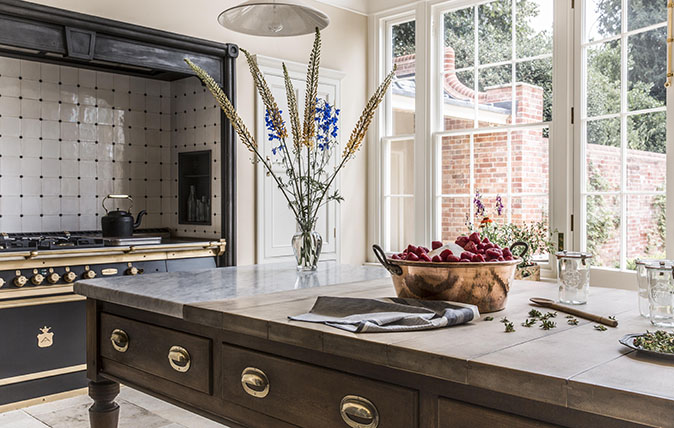
Credit: Butson
A stunning country kitchen, which draws inspiration from the late Victorian kitchen at Lanhydrock, Cornwall
The kitchen of Lanhydrock House in Cornwall provided the inspiration for a stunning new kitchen, designed by Bruce Hodgson of

Credit: Marcus Peel / Artichoke
A Tuscan kitchen reborn: 'When we first took it on a tree was growing through the kitchen and the basement was full of snakes'
Exquisite houses, the beauty of Nature, and how to get the most from your life, straight to your inbox.
-
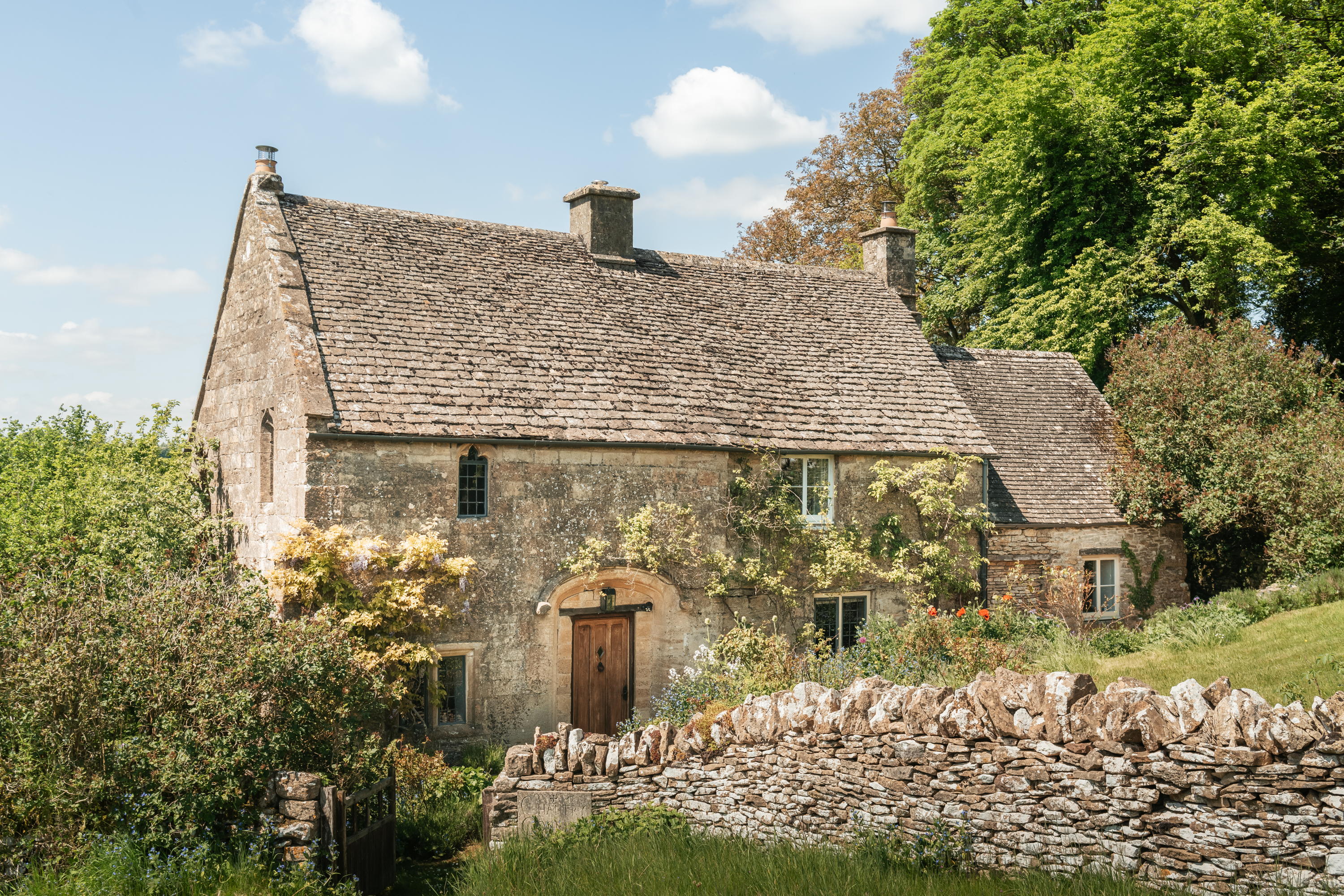 A Cotswolds cottage so perfect it's the stuff of movie fantasy — with a Hollywood A-list asking price to match
A Cotswolds cottage so perfect it's the stuff of movie fantasy — with a Hollywood A-list asking price to matchThis gorgeous, 14th century home is probably the prettiest cottage we've seen all year. It's also one of the most expensive — though there's a very good reason for that, as Toby Keel found out.
-
 How well do you know your poisonous plants? It's the Country Life Quiz of the Day, December 18, 2025
How well do you know your poisonous plants? It's the Country Life Quiz of the Day, December 18, 2025Test your general knowledge this Thursday.
-
 Reimagining the past at Vaughan
Reimagining the past at VaughanIn September 2025, leading designers shared their views on creating interiors with the capacity to last forever.
-
 Tetrad: Over half a century of timeless good looks
Tetrad: Over half a century of timeless good looksSince 1968, Tetrad has employed a combination of traditional skills and the finest materials to make upholstered furniture that is designed to offer years of comfort.
-
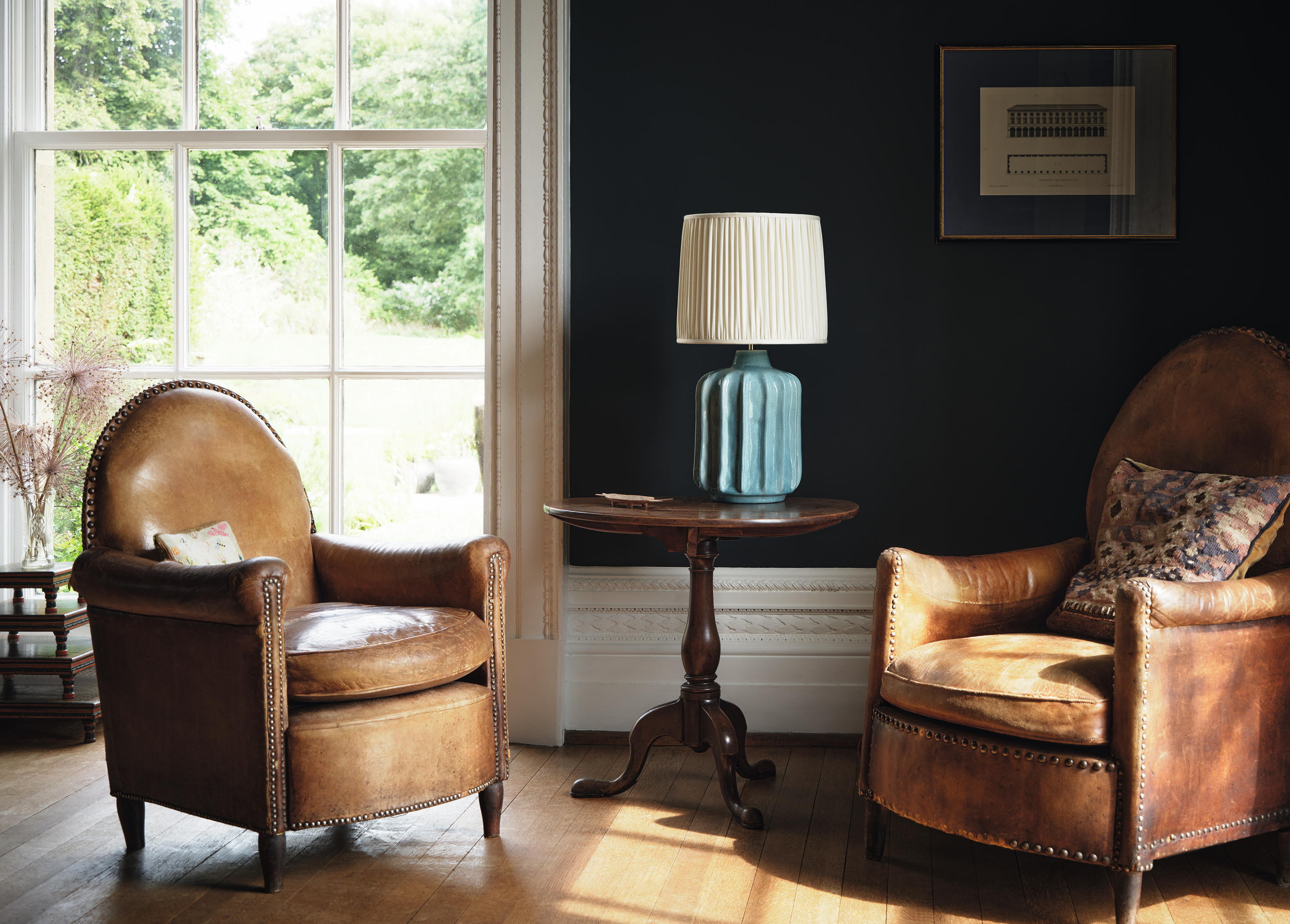 Reimagining the past: A panel discussion with Vaughan
Reimagining the past: A panel discussion with VaughanAt Focus/25 later this month, Vaughan will host an inspiring talk at which leading names in antiques and interiors will explain why understanding the past is vital to designing for the future.
-
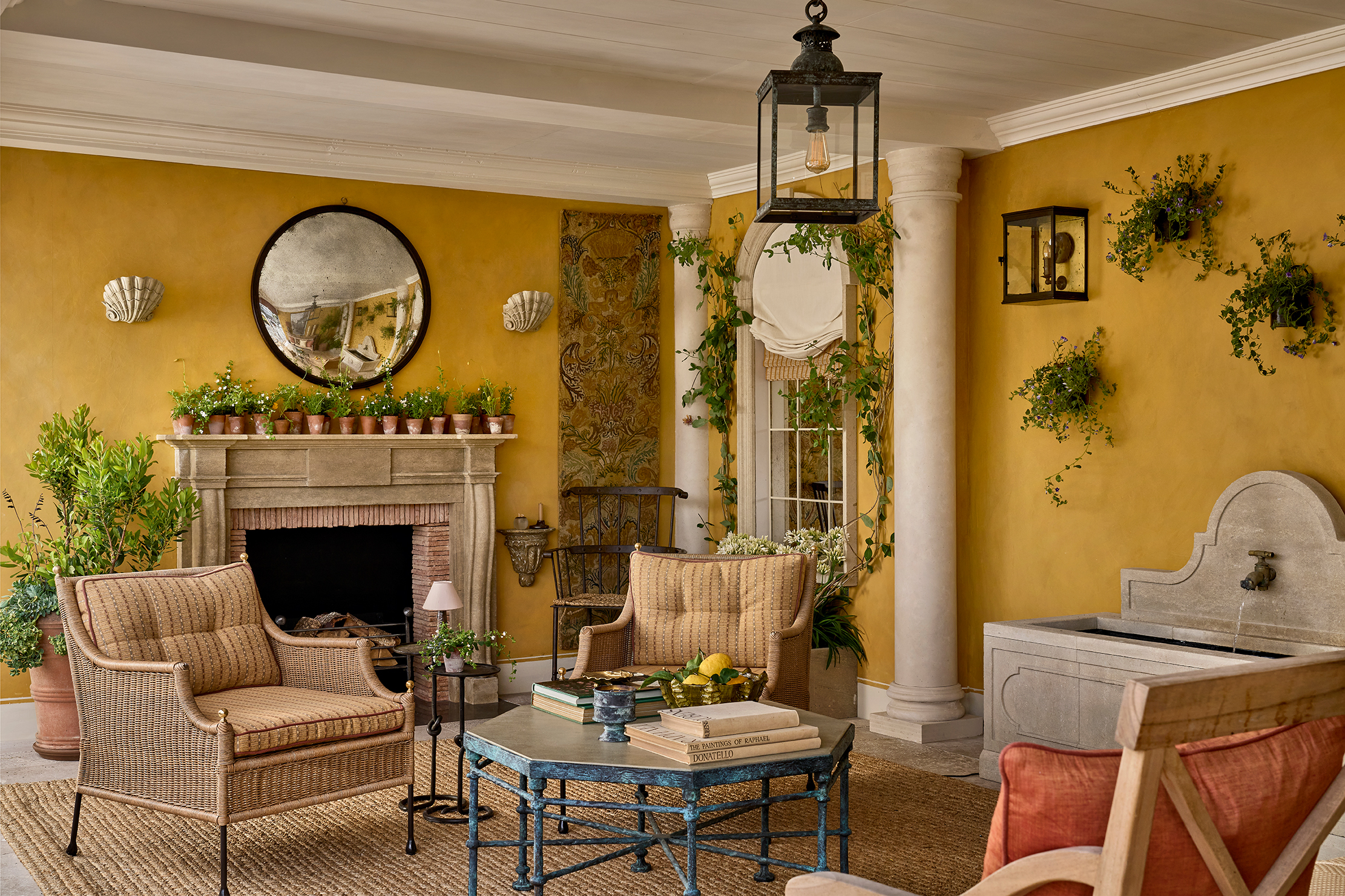 Star of the show: Rose of Jericho's paint created just for Country Life at RHS Chelsea
Star of the show: Rose of Jericho's paint created just for Country Life at RHS ChelseaOne of the highlights of Country Life's ‘outdoor drawing room’ at the 2025 RHS Chelsea Flower Show was a new paint colour created by Rose of Jericho,
-
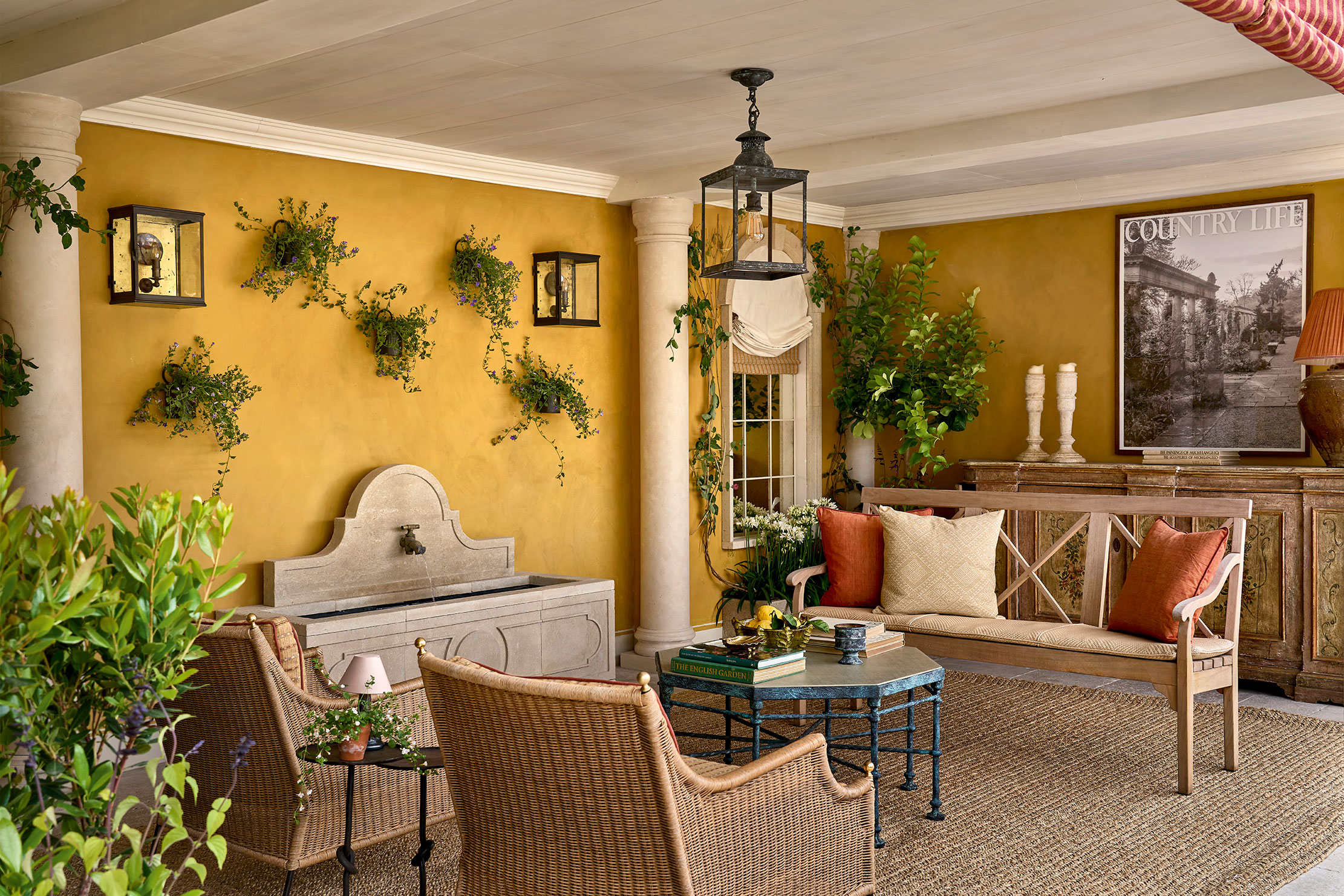 Munder-Skiles and the art of exterior decoration
Munder-Skiles and the art of exterior decorationThe success of this project — which was awarded four stars by judges at the Chelsea Flower Show — demonstrates Isabella Worsley’s versatility as a designer.
-
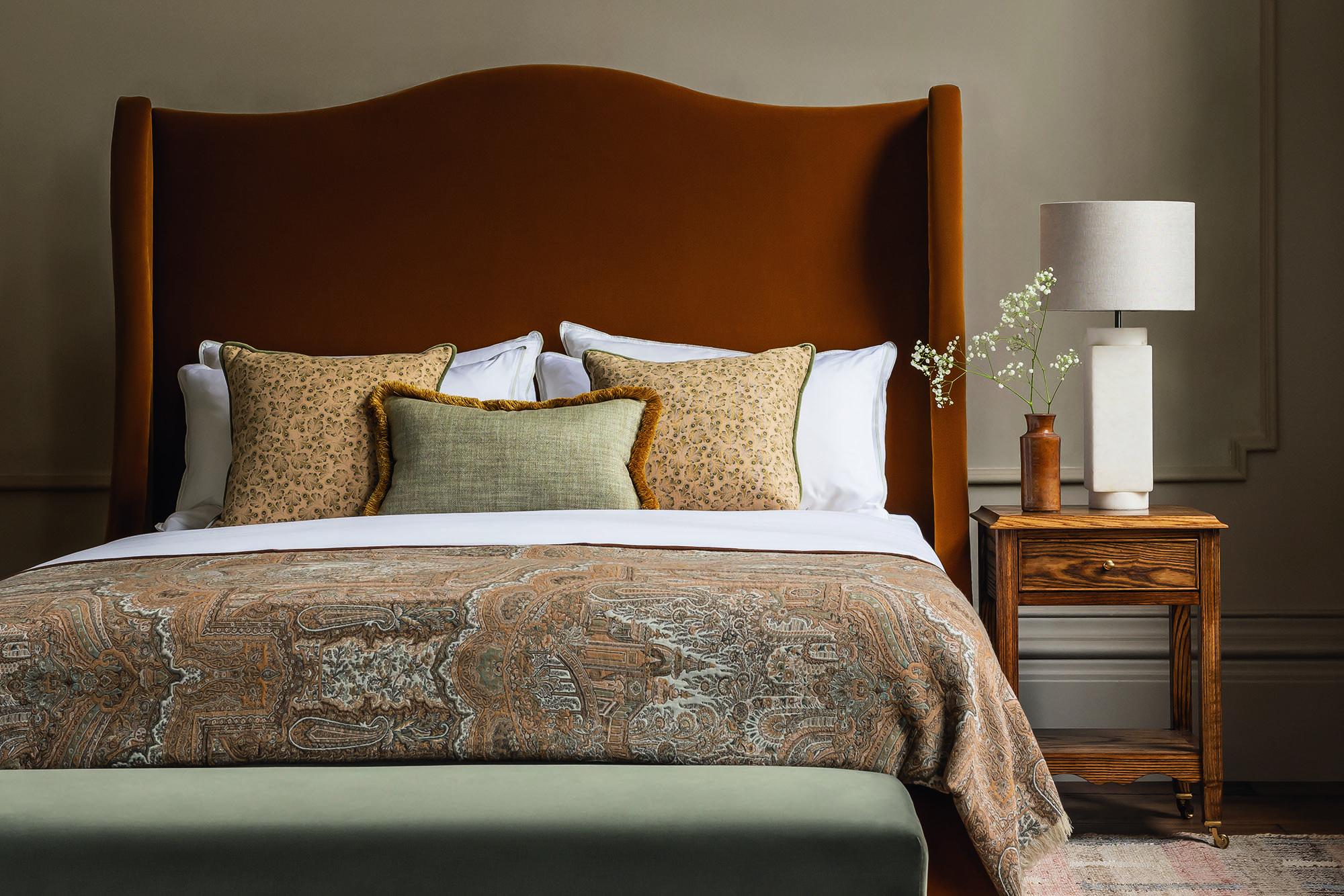 Reader Event: Designing spaces that feel like home
Reader Event: Designing spaces that feel like homeOn Wednesday, March 26, interior-design studio Sims Hilditch and George Smith, makers of luxury, handcrafted upholstered furniture, will mark the launch of new furniture designs for bedrooms in an event chaired by Country Life.
-
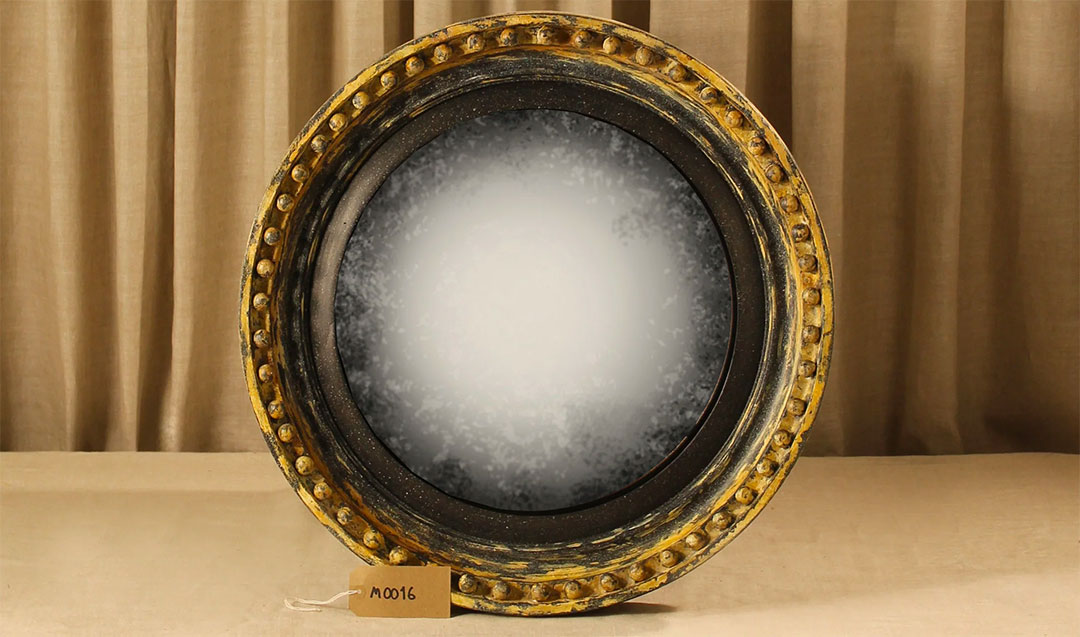 Porta Romana distinctive lighting and furniture archive sale
Porta Romana distinctive lighting and furniture archive saleThe inspirational brand Porta Romana launch their highly anticipated archive sale, offering a unique opportunity to purchase selected designs online with discounts of up to 70%.
-
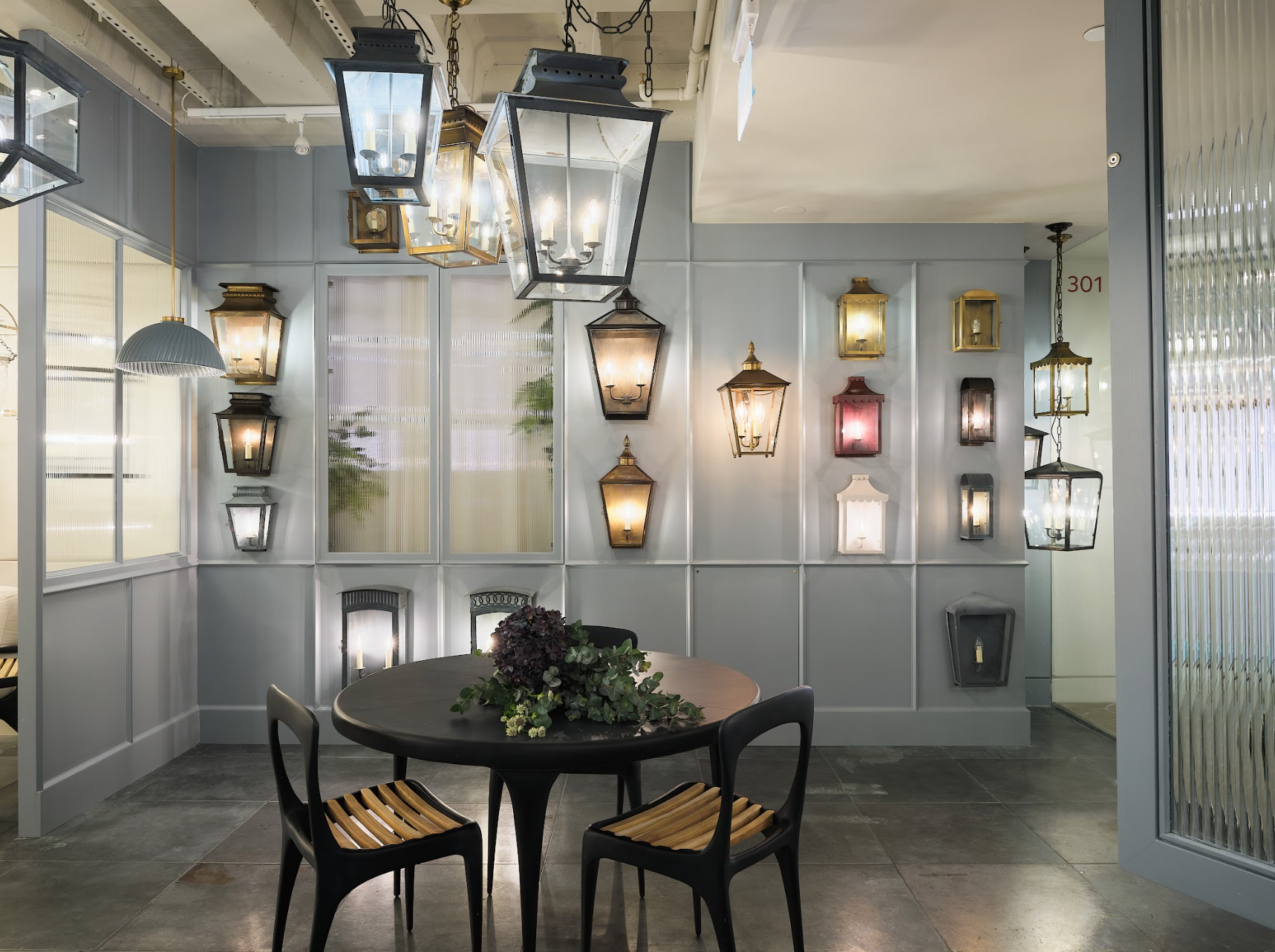 Reader event: Making light work
Reader event: Making light workThe secret to any successful interior is an artful balance of decorative and architectural lighting that is not only useful, but also beautiful. Next month, there’s a chance to join Country Life at Hector Finch’s new London showroom to hear three leading designers share the secret of getting it right.
